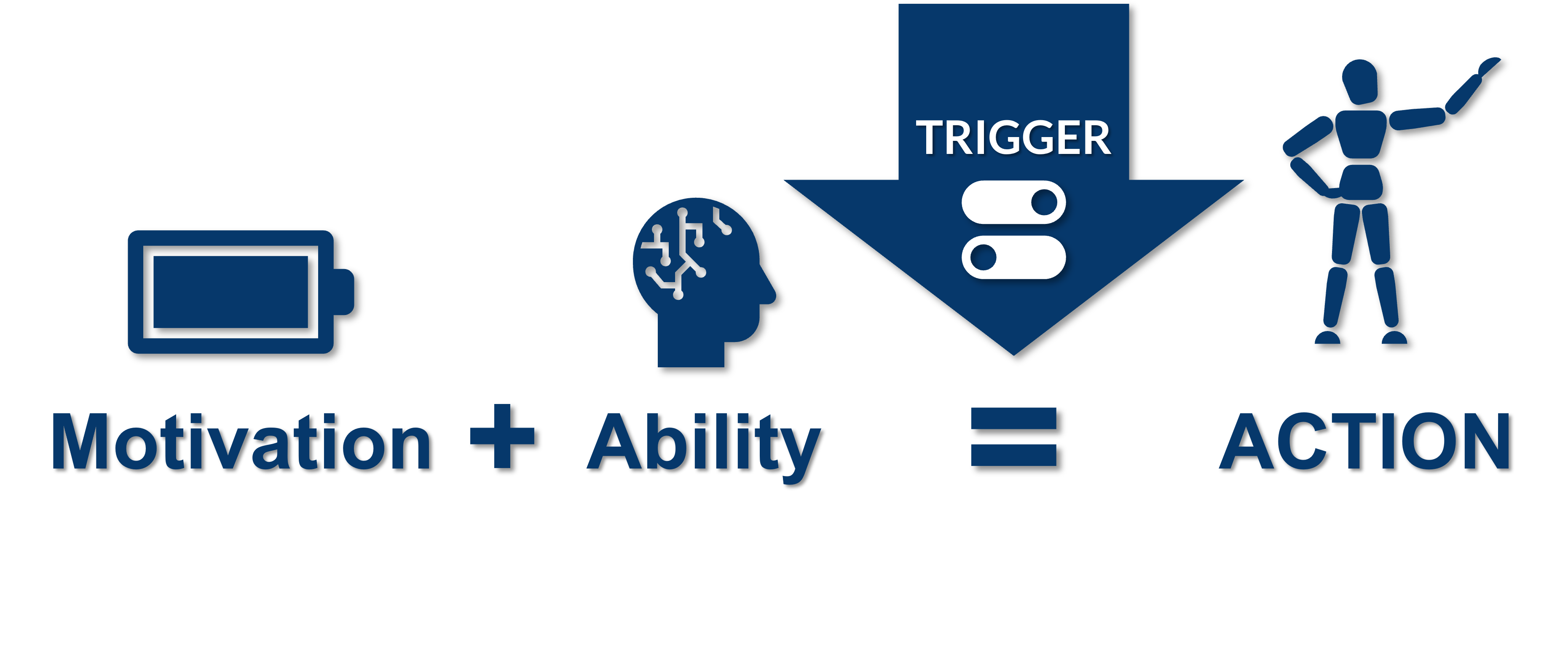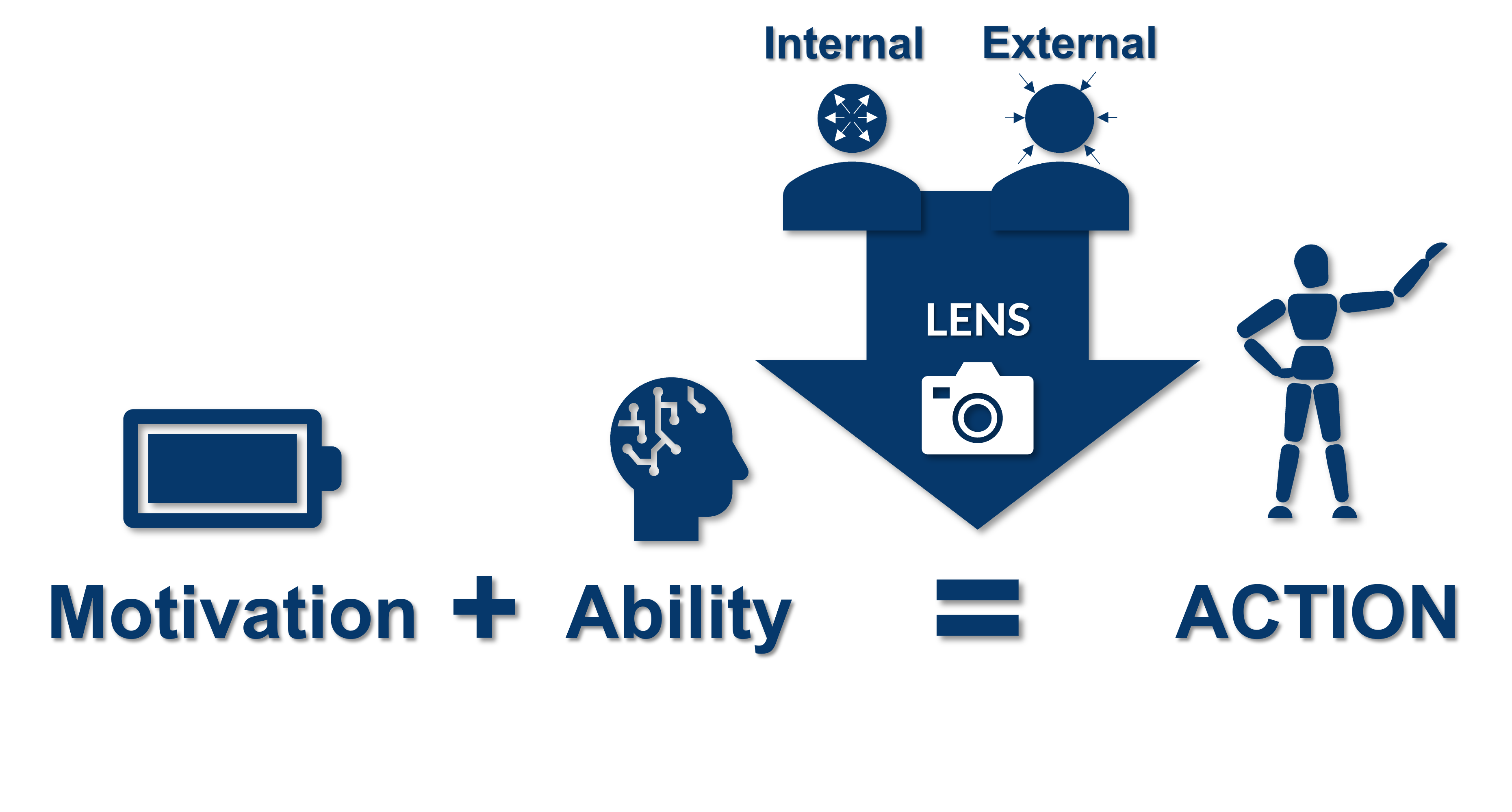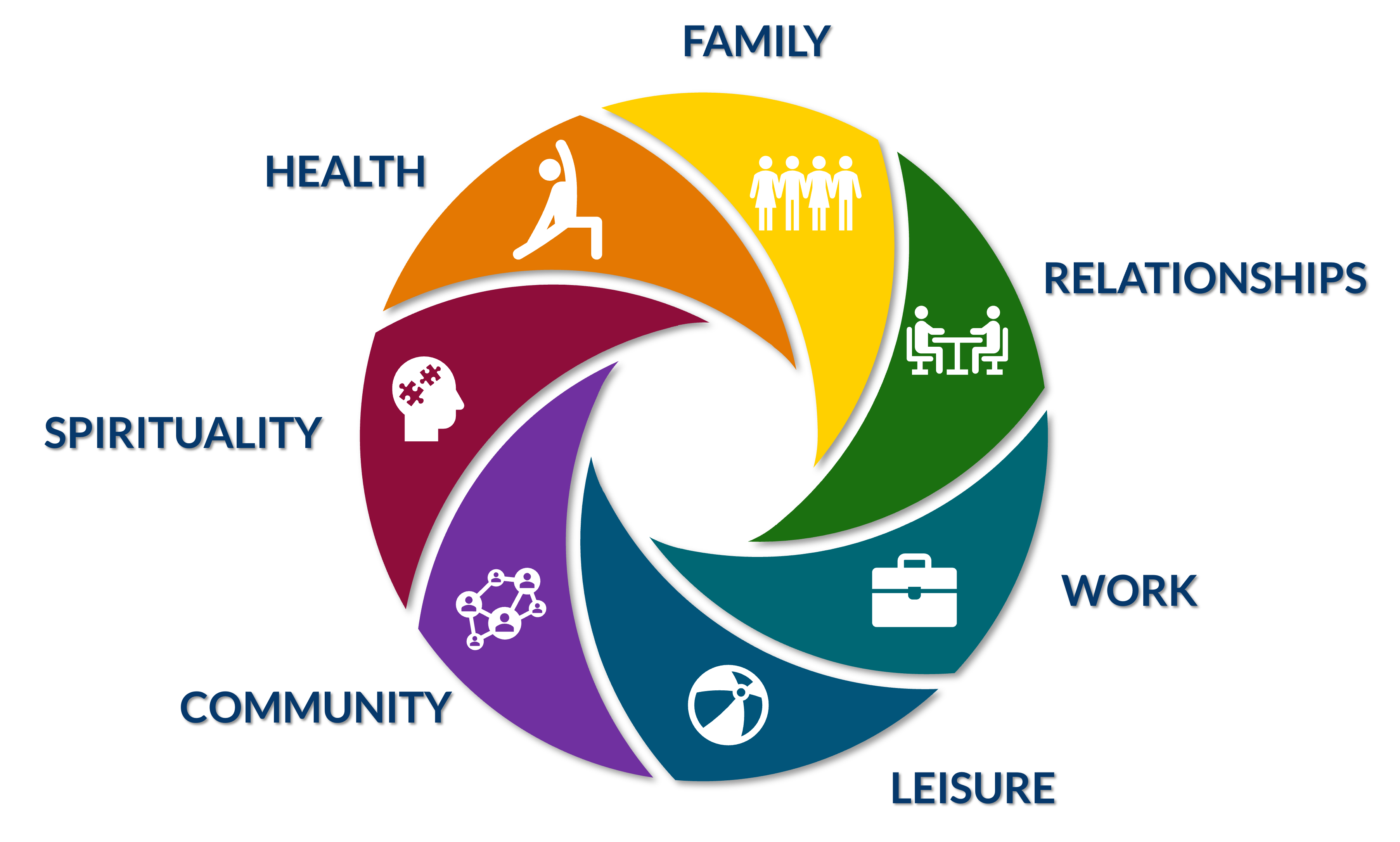In his 2019 book Indistractable, Nir Eyal states that three things are necessary to take any action in work or life: motivation, ability, and a trigger.

When I read that, here’s the analogy that immediately came to mind: the fuel, engine, and ignition switch of a car. Motivation is the fuel, the energy and desire behind our actions. Ability is the engine, the skills and requisite knowledge that enable you and I to take action.
But even with a tank full of fuel and a well-equipped engine, you or I still won’t get anywhere unless we trip the ignition switch. Likewise, every action you and I take is catalyzed by a trigger acting in concert with motivation and ability.
Eyal divides triggers into 2 kinds: internal and external.Internal triggers come from inside, like our thoughts and feelings, our habits, and even physical sensations like hunger, cold, or pain. These can certainly move us to act. But we act on external triggers as well, like books and articles, conversations, smartphone notifications, slack messages, emails, social media feeds, meetings, and even inanimate objects like the refrigerator and tv that beckon us to eat or watch something.
I agree with Eyal’s thinking here. Whether we are talking about internal or external factors, these are the catalysts that move us to action.
But I would add that they serve another key purpose: they are also the gatekeepers to action.
Here, a second analogy comes to mind. We could say that both external and internal factors act as lenses that convey the information we use to inform our actions. And we will usually use multiple lenses together – for example, we read an article or listen to a podcast (external information) and then further filter that through internal information like our thoughts and belief systems. Based on the composite picture that emerges, we decide to act.

Lenses can either make things clearer or they can obscure our vision.
Some of our internal or external lenses align nicely with the personal or professional goals we have set for ourselves. If these goals remain in sharp focus, then our actions will move us closer to the personal or professional life we want.
On the hand, other external or internal factors only cloud up our view. Using such blurry lenses (what Eyal would call “distractions”) will make us stumble further away from the personal and professional life we want.
Which means, if we want to keep a clear view on our goals and work toward our ideal work life and personal life, we need to manage the lenses we use.
In Indistractable, Eyal wrote: “Attention and FOCUS are the raw materials of human creativity and flourishing.”
In this article series, I will cover six best practices to help us FOCUS in work and life:
- FOCUS on your values
- FOCUS on productivity, not time
- FOCUS on important prioritities, not urgent fires
- FOCUS on your purpose
- FOCUS on better meetings
- FOCUS on better communication
So, to start on the first,
FOCUS on your VALUES.
Values are the basic, fundamental beliefs we choose to live by. They guide our attitudes and actions, so this is the logical place for us to start.
Think of family, social relationships, work/career, leisure, community, spirituality, and health as components of your values “lens.” When one component is out of alignment, or missing, the overall lens will not function well.

Think through each area in your own life.
What is important to you, or what do you value, in this area?
How important is this area compared to other areas?
What qualities or characteristics do you want to bring to this area?
Write down a few notes about your values in each area. You may want to further break down some categories, for example, under family you may have different notes for spouse or siblings or parenting. You may break the health area further into physical, emotional, and mental health. You may break the work area further into work relationships, professional development, and so on. Some other areas may overlap, for example, you may have some overlapping notes about relationships and community.
Think about the action steps you want to take. What would “ideal” look like in each area of your life? What actions will move you closer to your goals?
Try to frame S.M.A.R.T. goals (specific-measurable-actionable-relevant-time sensitive) for each area.
For example, you may value good physical health because it increases your stamina for other areas of life. But goals like, “I will exercise more and improve my diet” are pretty vague. Instead, try “I will take a 30 minute walk at least three times a week,” and/or “Starting on Sunday, I will eat one more serving of salad or leafy greens every day.”
What challenges may you face in achieving these goals? How will you address these?
Who will support you in achieving your goals? On the other hand, who might “blur up your lens” and influence you away from your important goals in each area?
Conclusion
In this article, we’ve talked about the lenses we use to FOCUS on life goals. Some lenses will bring our goals into ever sharper focus, moving us closer to our ideal personal and professional lives. Others will obscure our view and move us farther away.
Our “values” lens can help us determine what fundamental beliefs will guide our attitudes and actions. The thought questions above can help us refine this lens and develop S.M.A.R.T. goals to live up to our values.
In part 2, we will FOCUS on some steps that improve our productivity at work and in other areas of life.


